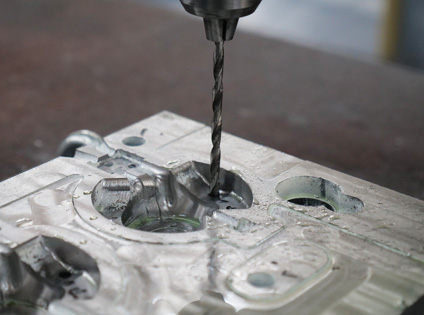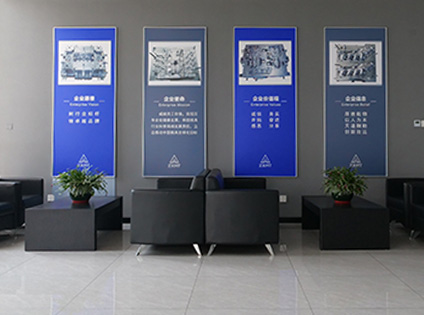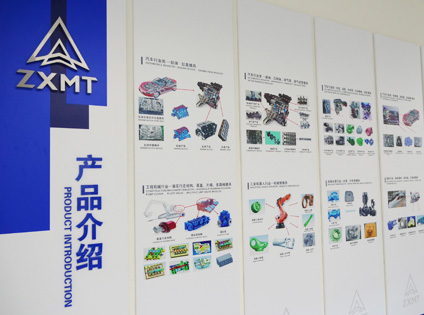The cause of casting deformation is the same as that of cold crack
时间:2021.09.07 浏览量:105
The cause of casting deformation is the same as that of cold crack
1. Preventive methods
The treatment method of this problem is basically the same as that of cold crack. In addition, there are some special methods:
(1) According to the casting deformation, the correction amount of reverse deformation shall be reserved on the die.
(2) The tie bar shall be reserved in the die and removed after heat treatment and annealing.
(3) After deformation, it can be corrected on the press.
2、 Flash and burr
1. Causes of flash and burr
The mold is not tightly closed due to thermal stress deformation or other mechanical reasons (insufficient pressure of hydraulic cylinder), resulting in gaps and flash and burr after filling.
2. Preventive methods
(1) Increase the rigidity of the die and change the die structure to reduce the thermal deformation of the die.
(2) It is also possible that the edges and corners of the die are deformed (bumped) due to operational reasons, and there is a bulge on one side of the parting surface. It should be carefully checked, or tested on the platform, and then filed.
(3) Properly reduce the pouring temperature, pouring speed (mold filling speed, pressurization speed) or pressurization crusting delay.
3、 Leakage
Air leakage, water seepage or oil seepage of castings during air tightness test or use. Some aluminum castings with high density requirements often have the quality problem of pressure leakage, which is mostly caused by defects such as porosity, shrinkage porosity, porosity, coarse structure or cracks, and there is a large amount of Al2O3 in these parts. The reason is that when the aluminum liquid contacts the air during pouring, an oxide film is formed on its surface immediately. When filling the mold, the mixed flow due to unstable liquid flow will destroy these oxide films
Some aluminum castings with high density requirements often have the quality problem of pressure leakage. The main causes of leakage are micro pores, micro porosity and cracks, and a large amount of Al2O3 exists in these parts. The reason is that when the aluminum liquid contacts the air during pouring, an oxide film is formed on its surface immediately. When filling the mold, the turbulence caused by the unstable liquid flow will mix these oxide films with the adsorbed gas into the aluminum liquid. The relative density of these inclusions is similar to that of liquid aluminum, and because the viscosity of liquid aluminum increases with the decrease of temperature, the impurities will not have time to float out and remain in the casting. Two adjacent oxide films provide locations and opportunities for the formation of initial cracks. The gas precipitated during solidification and insufficient feeding will also form micro pores and micro porosity in these areas. This will significantly reduce the mechanical properties of the material and become the root cause of pressure leakage, so the speed of liquid metal entering the cavity and the stability of liquid flow are very important. It has been studied abroad that the strength and plasticity of the castings are different when the thin plate with thickness of 5mm is filled at different speeds. Even if the filling speed is the same, the turbulence severity caused by the cavity structure is different, and the strength and plasticity of the corresponding parts are also different. Therefore, the hydraulic pressure control system has a very serious impact on the quality of complex thin-walled parts with high internal quality requirements.






